36+ Sample Procedure Note
-
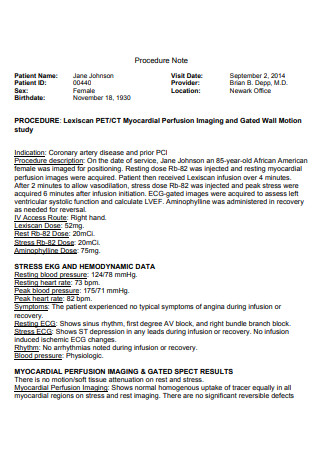
Procedure Note Template
download now -
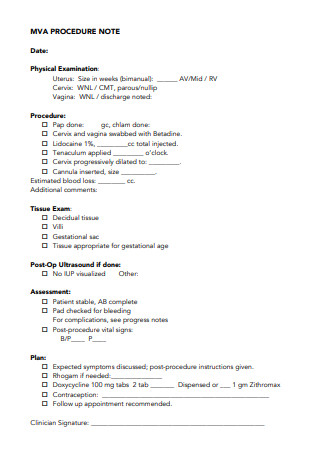
Sample Procedure Note
download now -
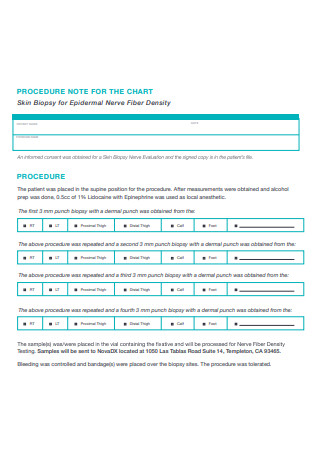
Chart Procedure Note
download now -
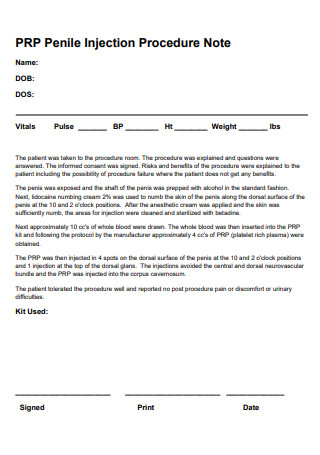
Injection Procedure Note
download now -
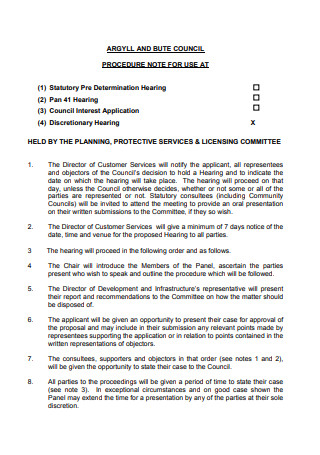
Council Procedure Note
download now -
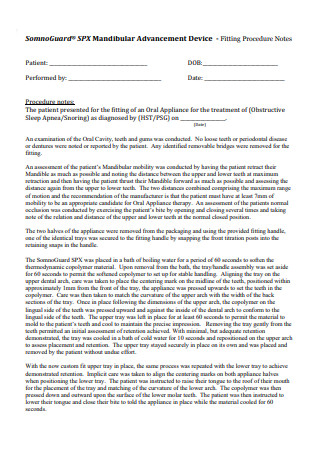
Fitting Procedure Note
download now -
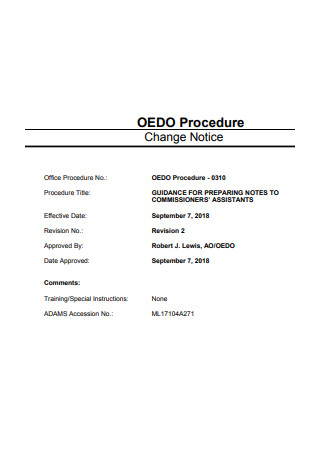
Procedure Change Note
download now -
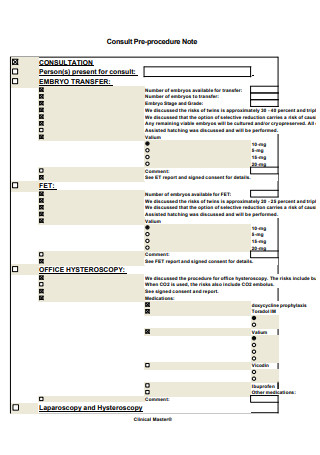
Consult Pre-Procedure Note
download now -
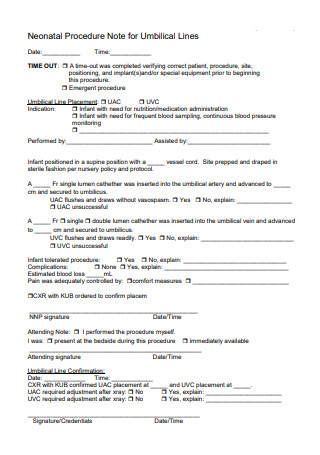
Basic Procedure Note
download now -
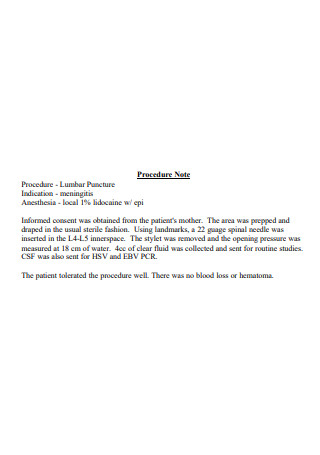
Procedure Note Format
download now -

Vasectomy Procedure Note
download now -
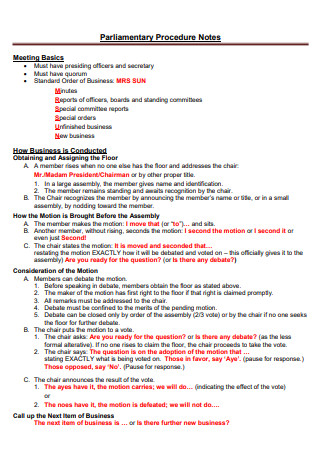
Parliamentary Procedure Note
download now -
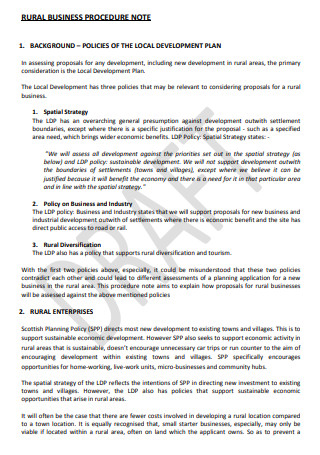
Rural Business Procedure Note
download now -
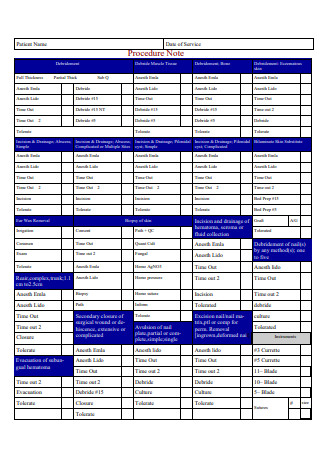
Formal Procedure Note
download now -
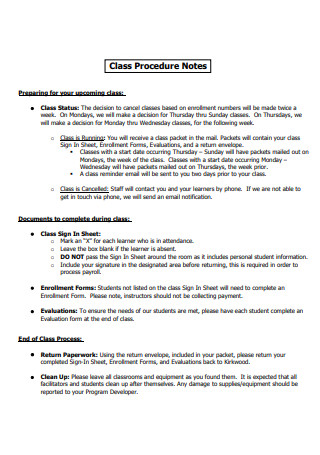
Class Procedure Note
download now -
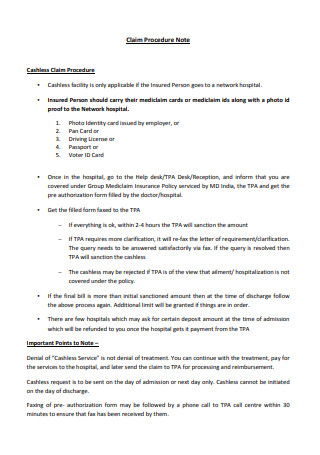
Claim Procedure Note
download now -
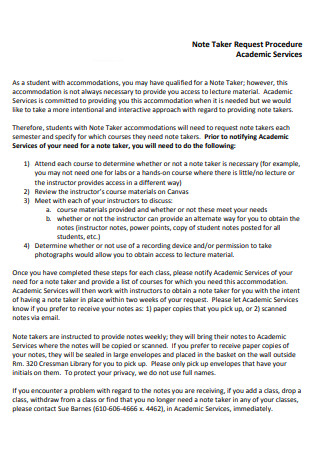
Academic Services Procedure Note
download now -
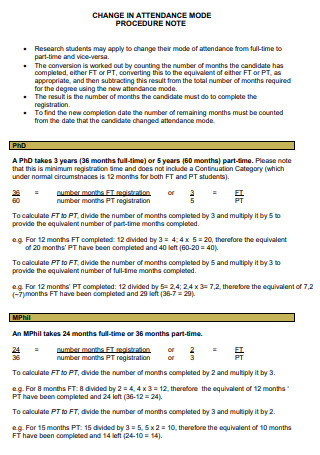
Change Attendance Mode Procedure Note
download now -
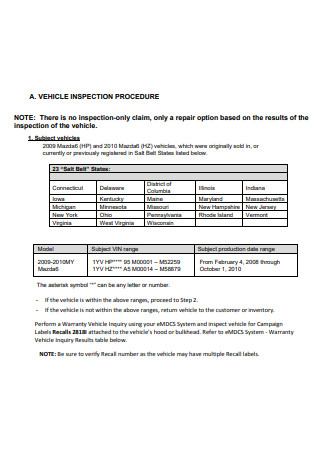
Vehicle Inspection Procedure Note
download now -
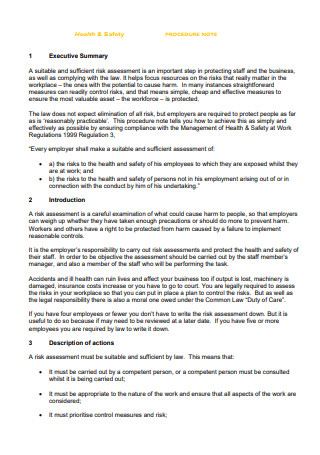
Health and Safety Procedure Note
download now -

Draft Procedure Note
download now -
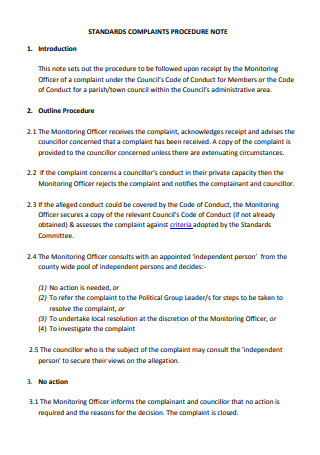
Standard Complaint Procedure Note
download now -
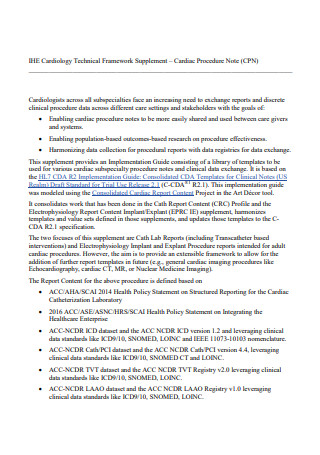
Cardiac Procedure Note
download now -
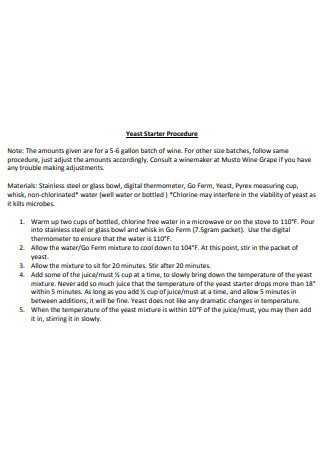
Simple Procedure Note
download now -
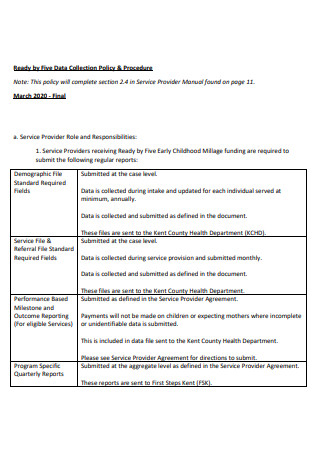
Data Collection Policy & Procedure Note
download now -

Procedure Progress Note
download now -
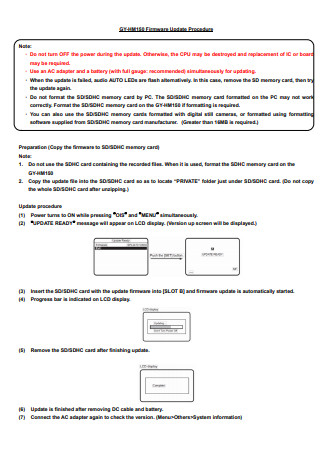
Firm Procedure Note
download now -
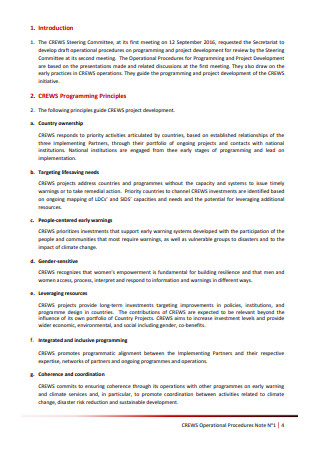
Operational Procedure Note
download now -

Library Procedure Note
download now -
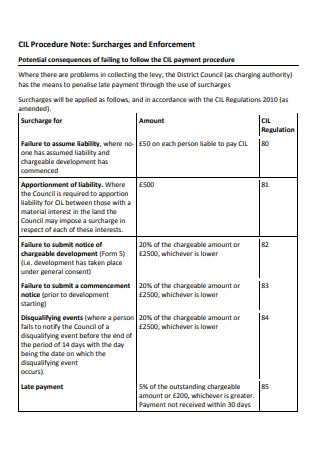
Procedure Note Example
download now -
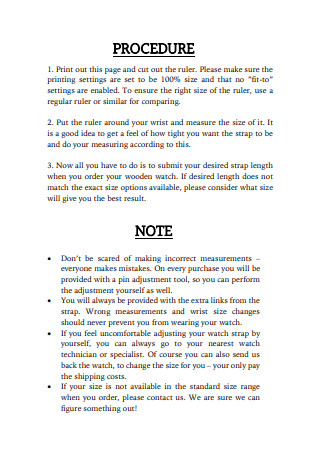
Standard Procedure Note
download now -

Procedure Note For Management of Construction Projects
download now -
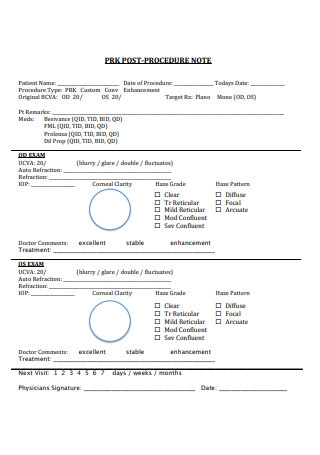
Post Procedure Note
download now -
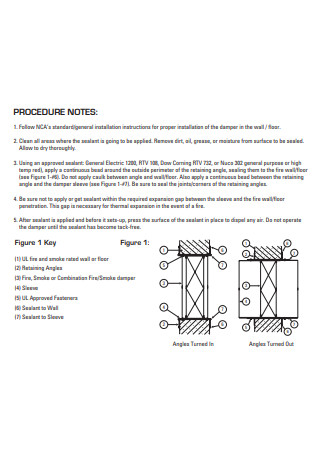
Printable Procedure Note
download now -

Procedure Note in DOC
download now -
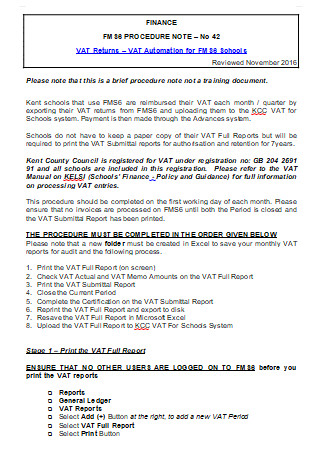
Finance Procedure Note
download now -
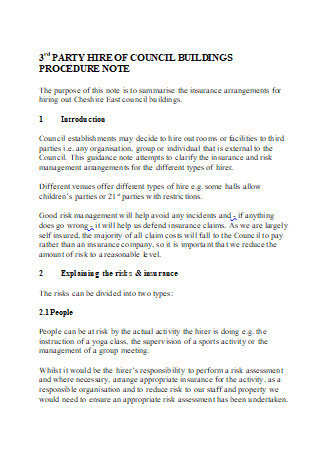
Building Procedure Note
download now
FREE Procedure Note s to Download
36+ Sample Procedure Note
What Is a Procedure Note?
What Are the Parts/Elements Of a Procedure Note?
Common Types of Surgical Procedures
What Are the Risks Involved During Surgery?
How To Write a Procedure Note
FAQs
What is a surgical suture?
What is a medical cast?
Does a procedure note have legal implications?
What Is a Procedure Note?
A procedure note is a legal document that serves as a record of a medical procedure that is added to a patient’s chart once the procedure is completed. Procedure notes are important because they clearly show which procedures were performed on a patient with consent, when they were performed, and what the results of these procedures were. Furthermore, by clearly and concisely recording relevant data about procedures, they protect hospitals and doctors from legal ramifications. Procedure note templates may be used by doctors based in the same hospital in some cases to ensure consistency.
What Are the Parts/Elements Of a Procedure Note?
As stated earlier, a procedure note is required on all medical procedures that require a patient’s consent. This document should also be written as soon as the medical procedure that was performed on the patient has been concluded. Here are the necessary parts that should be included when writing one:
- Date of the procedure – this element states the date when the medical procedure was performed on the patient.
- Time of the procedure – in addition to the date, the time of the said medical procedure should also be indicated on the procedure note.
- Name of the procedure being done – considered as one of the most important elements of this document, this part should state the name of the medical procedure that is to be performed on the patient.
- Indications – an indication is defined as the valid reason to use a certain test, medication, medical procedure, or surgery on the patient. There can be multiple indications listed in this document.
- Patient consent – in this part of the procedure note, the doctor or surgeon should document that the patient was informed about the procedure’s indications, risks, and alternatives. It should also be noted that the patient was given the opportunity to ask questions and that he or she signed off on the procedure in writing.
- Laboratory values and results – this element of the procedure note should state the results of the medical laboratory examinations that were conducted on the patient prior to the start of the medical procedure, as well as the laboratory values that prove that the medical procedure was done in a safe manner.
- Anesthetics – this part of the procedure note should indicate any types of anesthetics to be used on the patient during the medical procedure, if applicable.
- Description of the procedure – also considered as one of the most important parts of the procedure note, this should state in detail the description of the medical intervention/surgery that is to be performed on the patient. Details can be the standard position needed for the procedure and the medical devices and techniques being used.
- Complications – this part of the procedure note indicates any complications that have arised after the medical procedure was performed on the patient.
- Estimated Blood Loss – an estimate of how much blood that was lost during the procedure should also be noted, if applicable.
- Patient Disposition – disposition refers to the status of the patient at the conclusion of the medical procedure.
- Signature – the final part of the procedure note, this indicate’s the doctor’s name, title, license number, and the doctor’s signature. By signing the document, the procedure note will then have legal implications should any problems arise.
Common Types of Surgical Procedures
Here is a list of the common types of surgical procedures that a general surgeon can do:
What Are the Risks Involved During Surgery?
Here are the common risks that can arise during a surgical procedure:
How To Write a Procedure Note
The procedure note that is being written after the medical procedure should be clear and concise. With that being said, here are the steps that one should follow when writing the procedure note:
-
1. Start With the General Information
The first step would be writing the basic elements of the procedure note first, which includes the date of the procedure, the exact time that the medical procedure was administered, the type of procedure that is to be performed on the patient, the doctor who performed the procedure and any overseeing physician, if applicable.
-
2. Write the Secondary Elements of the Procedure Note
After writing the general information, you can then begin writing the elements that are considered to be important but don’t have the heaviest bearing on the procedure note. These elements are the indications for the medical procedure, the patient’s verbal or written consent letter, and the laboratory values or results that prove that the said procedure was performed on the patient in a Safe Manner.
-
3. Write the Main Elements
After including the secondary elements, the main elements of the procedure note will be written. The main elements include the detailed process of the medical procedure that was performed on the patient (includes the preparation, administration of anesthesia, the Surgical Equipment used, and the procedural technique), and any major or minor complications that may have arisen during the procedure, including an estimated amount of blood that was lost from the patient.
-
4. Write the Concluding Elements
Following the main elements of the procedural note would be the concluding elements. These include the patient disposition, the follow-up plan, and the name and license number of the doctor who performed the medical procedure along with his/her signature.
FAQs
What is a surgical suture?
A surgical suture is a medical device that is used to hold body tissues together following an injury or surgery.
In most cases, a needle with a length of thread attached is used for application. Suturing is typically performed by surgeons, physicians, dentists, podiatrists, eye doctors, registered nurses and other trained nursing personnel, medics, clinical pharmacists, and veterinarians. Sutures are secured with surgical knots.
What is a medical cast?
A cast immobilizes a broken bone (also known as a fracture) and prevents the area around it from moving as it heals.
Casts also help to prevent or reduce muscle contractions and keep the injured area immobile, which can help reduce pain, especially after surgery.
Does a procedure note have legal implications?
A procedure note can have legal implications should any issues arise since it has to be signed by the doctor who performed the medical intervention. By clearly and concisely recording relevant data about any medical procedures, doctors and hospitals can be protected by legal repercussions should there be a dispute or challenge filed in court.
Writing medical documentations such as procedure notes is a vital task, but can be an especially daunting task if junior medical practitioners are involved. But as long as the important elements are remembered, and the document is written clearly and concisely, problems can be avoided. Experience can also help in making the task of documenting a lot easier. In this article, examples of procedure notes are available and can be downloaded to be used as a personal reference should you need to write one.
